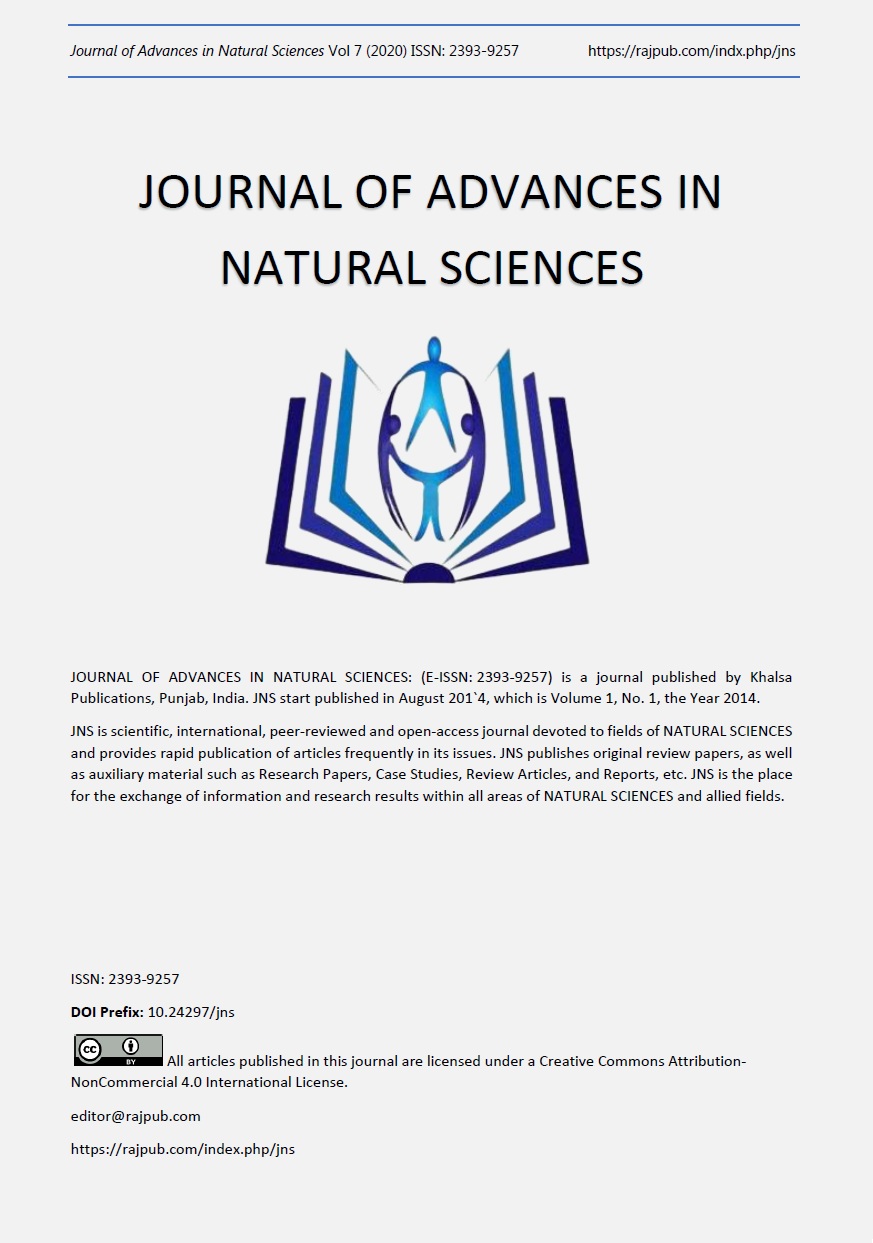Northward shifts of Canadian late deglacial drainage routes caused a stronger and warmer Canaries Current that enabled Holocene monsoons and a savanna on the western Sahara
DOI:
https://doi.org/10.24297/jns.v7i.8832Keywords:
Hominin evolution, African refugia, Savannas, Monsoons, Glacial climate changeAbstract
This paper proposes an explanation for the well-watered savanna on the presently barren western Sahara Desert during the mid-Holocene and near the ends of other earlier Canadian deglaciations. Between 7,500 and 4,000 years before present, a humidity index indicates moist conditions and a savanna in the western Sahara. During this interval, a stronger and warmer Canaries Current return flow of the Gulf Stream nullified the effect of cold water that upwells off the northwest African coast due to the westward movement of surface water by trade winds. The return flow was stronger than today because less eastward Gulf Stream flow was lost to the northward flow of the Atlantic Meridional Overturning Current. The Canaries Current was warmer than today because cold southern Canadian meltwater no longer entered the Gulf Stream, and the high latitude climate was warmer then. Similar conditions probably prevailed at the ends of many other deglaciations, which were separated by 20,000 to 70,000 years due to orbital factors and variable glaciation. The savanna connections across the Sahara would have allowed each Hominin population to evolve in the isolated Moroccan-Algerian coastal zone to extend its range into the larger Africa. The intermittent savannas could therefore have played a significant role in the evolution of the many Hominin species found in the African fossil record over the last three million years.
Downloads
References
Rossignol-Strick, M., (1983) African monsoons, an immediate climate response to orbital insolation, Nature, vol. 304, p. 46-49.
https://doi.org/10.1038/304046a0
Rossignol-Strick, M., (1985) Mediterranean sapropels, an immediate response of the African monsoon to variation of insolation, Palaeogeography, Palaeoclimatology, Palaeoecology, vol. 49, p. 237-263.
https://doi.org/10.1016/0031-0182(85)90056-2
Rossignol-Strick, M., M., Paterne, F.C. Bassinot, K.-C. Emeis, and G.J. De Lange (1998) An unusual mid-Pleistocene monsoon period over Africa and Asia, Nature, vol. 392, p. 269-272.
Street-Perrott, F.A., and R.A. Perrott (1993) Holocene vegetation, lake levels, and climate of Africa, in: Global climates since the last glacial maximum, H.E. Wright Jr. et al. (eds), p. 318-356.
Berger, A.L (1978) Long term variations of caloric summer insolation resulting from Earth's orbital elements, Quaternary Research, vol. 9, p 139-167. Tabulated insolation values supplied by author.
https://doi.org/10.1016/0033-5894(78)90064-9
Yan, Z., and N. Petit-Maire (1994) The last 140 ka in the Afro-Asian arid semiarid transitional zone, Paleogeography Paleoclimatology Paleoecology, vol. 110. p. 217-233.
htps://doi.org/10.1016/0031-0182(94)90085-X
Tjallingii, R., M. Claussen, J-B. W. Stuut, J. Fohlmeister, J-B. J. Alexandra, T. Bickert, F. Lamy, and U. Rohl (2008) Coherent high- and low-latitude control of the northwest African hydrological balance, Nature Geoscience, vol. 1, p. 670-675.
https://doi.org/10.1038/ngeo289
Johnson, R.G. and A. Berger (2019) Cyclic Hominid Evolution in a Moroccan-Algerian Coastal Refuge: The Last Million Years, Journal of Advances in Natural Sciences, vol. 6, p. 444-466, DOI: https://doi.org/10.24297/jns.v6i0.7962
Greatbatch, R.J., and Xu, J. (1993) On the transport of volume and heat through sections across the North Atlantic: Climatology and the pentads 1955-1959, 1970-1974, Journal of Geophysical Research, vol. 98, p. 10125-10143.
https://doi.org/10.1029/93JC00264
Bartholomew, J., (1950) The Advanced Atlas of Modern Geography, Meiklejohn and Son, Ltd., London, p. 18, 19. 78.
Heinrich, H. (1988) Origin and consequences of cyclic ice rafting in the northeast North Atlantic Ocean during the past 130,000 years, Quaternary Research, vol. 29, p. 143-152.
https://doi.org/10.1016/0033-5894(88)90057-9
Barber, D.C., A. Dyke, C. Hillaire-Marcel, A.E. Jennings, J.T. Andrews, M.W. Kerwin, G. Bilodeau, R. McNeely, J. Southon, M.D. Morehead, and J.-M. Gagnon (1999) Forcing of the cold event of 8,200 years ago by catastrophic drainage of Laurentide lakes, Nature, vol. 400, p. 344-348.
Field, M.H., B. Huntley, and H.M. Müller(1994) Eemian climate fluctuations observed in a European pollen record, Nature, vol. 371, p. 779-783.
https://doi.org/10.1038/371779a0
Johnson, R.G., (2015) Initiation of the last ice age in Canada by extreme precipitation resulting from a cascade of oceanic salinity increases, Journal of Advances in Natural Sciences, vol. 3, p. 237-252.
Downloads
Published
How to Cite
Issue
Section
License
Copyright (c) 2020 Robert G. Johnson

This work is licensed under a Creative Commons Attribution 4.0 International License.
 All articles published in Journal of Advances in Linguistics are licensed under a Creative Commons Attribution 4.0 International License.
All articles published in Journal of Advances in Linguistics are licensed under a Creative Commons Attribution 4.0 International License.




